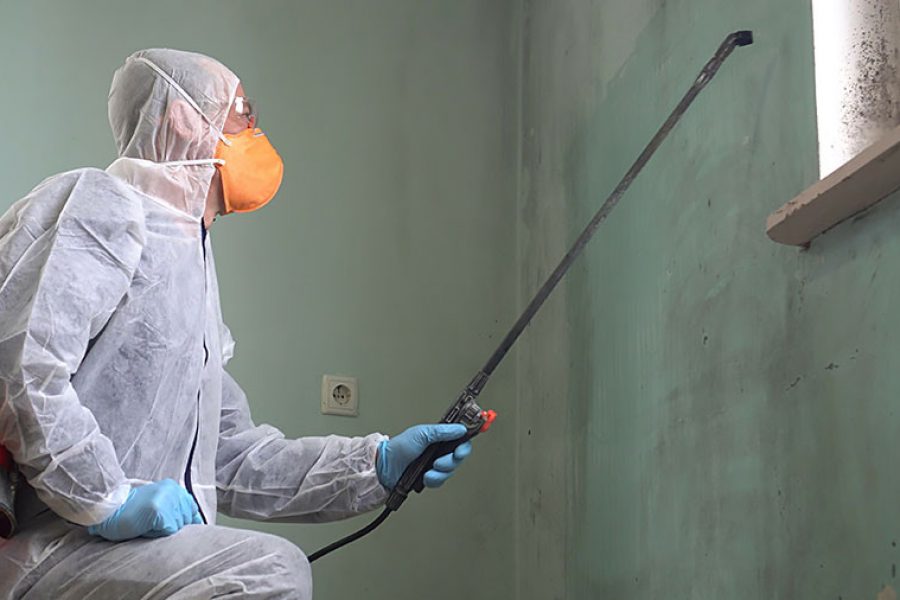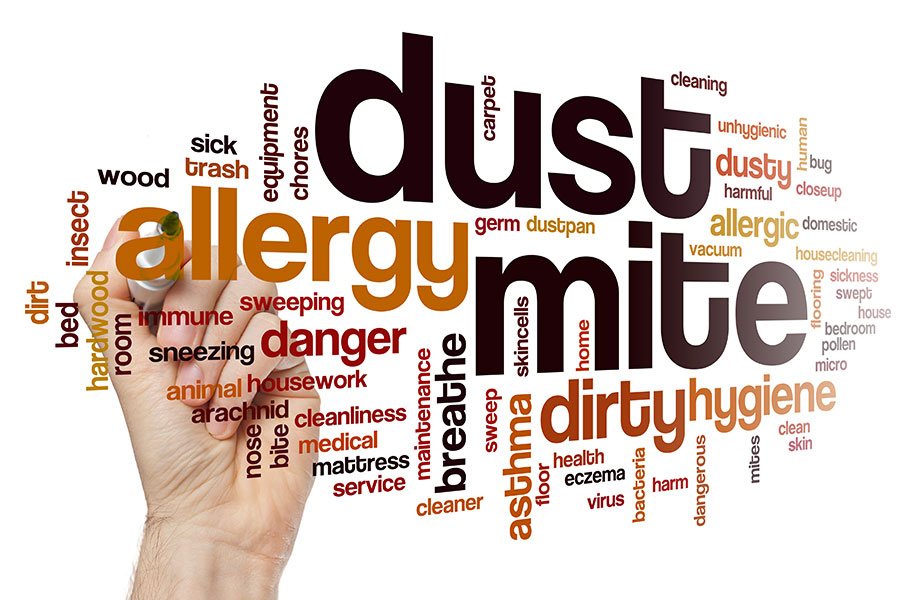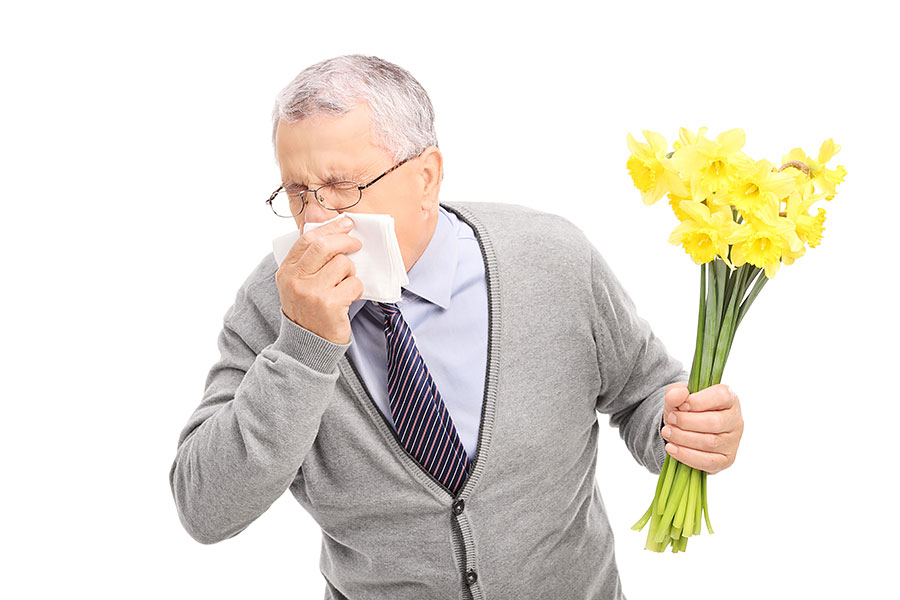The Environmental Protection Agency (EPA) marks each September as Mold Awareness Month, to raise awareness of the many health effects associated with mold exposure.(1)
Molds are part of the natural environment and are found everywhere. When molds begin growing inside, they can have a negative impact on indoor air quality, which can affect health.(1)
Avoiding exposure to mold is the first line of defense for people with a mold allergy.(2) The American Academy of Allergy, Asthma and Immunology advises that people with the allergy avoid raking leaves and stay away from uncut fields. Taking a shower after spending time outdoors removes mold spores from the hair.(2)
If a doctor suspects a mold allergy, he/she may order skin tests or allergen specific IgE blood tests. Antihistamines and nasal steroids may help with symptoms. Allergenic immunotherapy (allergy shots) can also reduce symptoms and the need for medication.(3)
Mold cannot be completely removed from a home but controlling moisture can help keep mold under control. The EPA offers these tips:
- First determine who should do the mold cleanup. If the mold area is less than 3 feet by 3 feet, the homeowner can probably handle the problem. If you choose to hire a contractor (or other professional service provider) to do the cleanup, make sure the contractor has experience cleaning up mold. Check references and ask the contractor to follow the recommendations in EPA’s Mold Remediation in Schools and Commercial Buildings, the guidelines of the American Conference of Governmental Industrial Hygienists (ACGIH), or other guidelines from professional or government organizations.
- Mold will not grow without moisture. To remediate a problem, mold must be scrubbed off and the water problem needs to be fixed, or the mold will return.
- Scrub mold off hard surfaces with detergent and water, dry completely.
- Absorbent or porous materials, such as ceiling tiles and carpet, may have to be thrown away if they become moldy. Mold can grow on or fill in the empty spaces and crevices of porous materials, so the mold may be difficult or impossible to remove completely.(1)
The Centers for Disease Control, which also reports on mold, recommends keeping humidity levels as low as possible in the home, between 30-50%. When possible, people should use exhaust fans that vent outside the home for the kitchen and bathrooms. Clothes dryers should also vent outside the home.(4)
Xtract Solutions offers cloud-based software, designed to organize the allergy practice, from initial testing through to successful completion of immunotherapy.
(1) Environmental Protection Agency, Mold, www.epa.gov/mold
(2) American Academy of Allergy, Asthma and Immunology, Mold Allergy, www.aaaai.org/Mold-Allergy
(3) Asthma and Allergy Foundation of America, Mold Allergy, www.aafa.org/mold-allergy/
(4) Centers for Disease Control, Facts about Molds and Dampness, www.cdc.gov/mold




